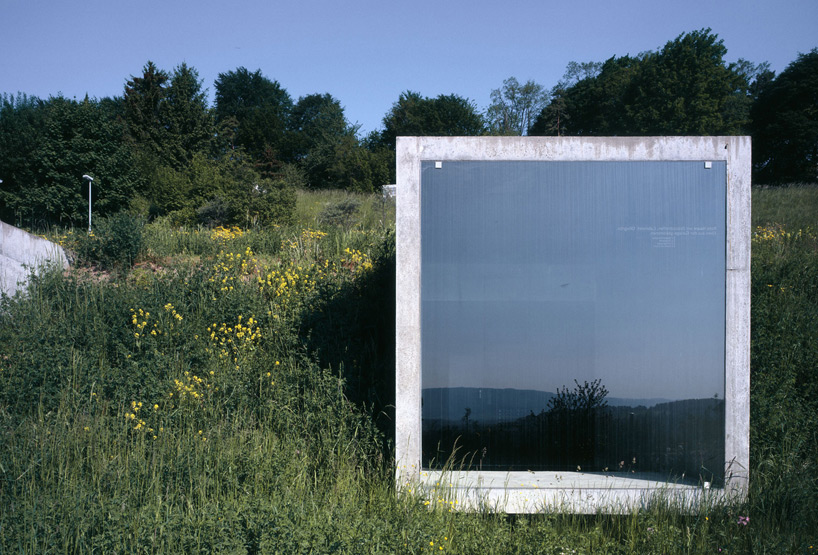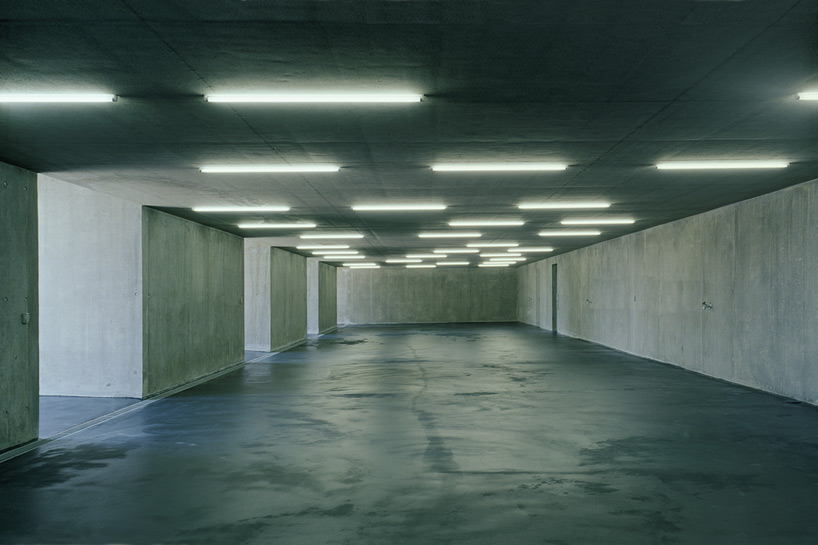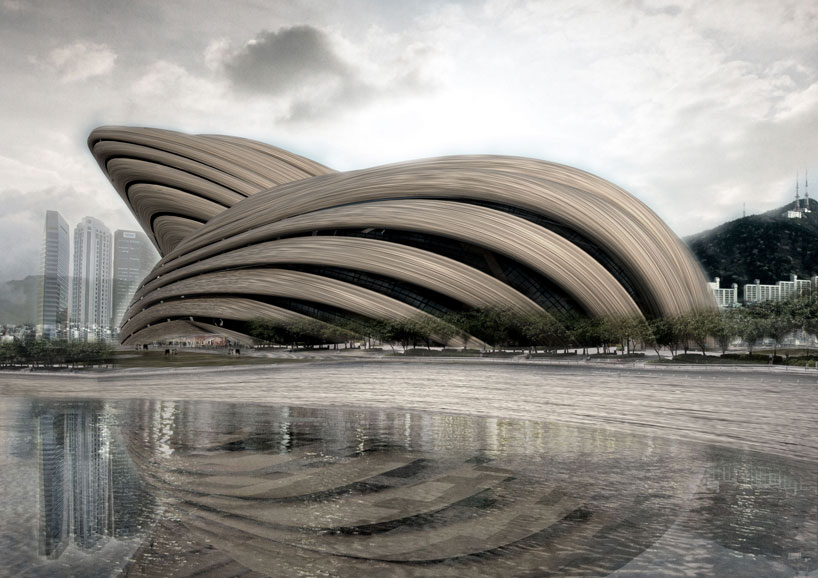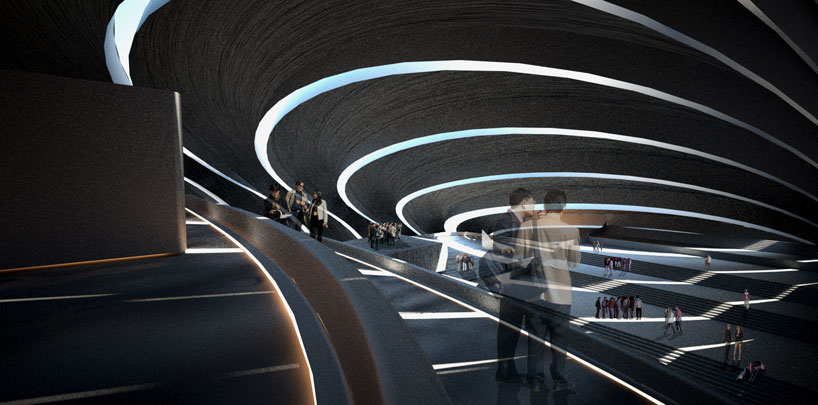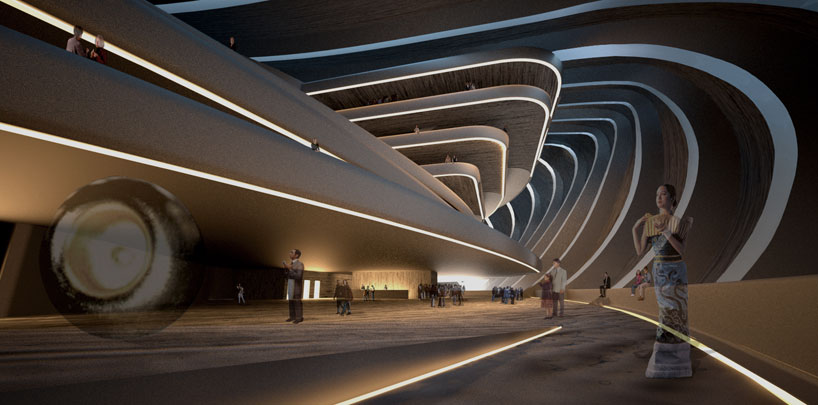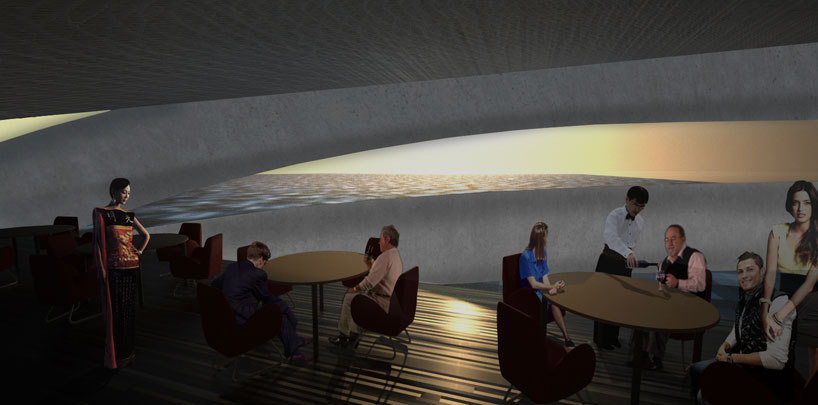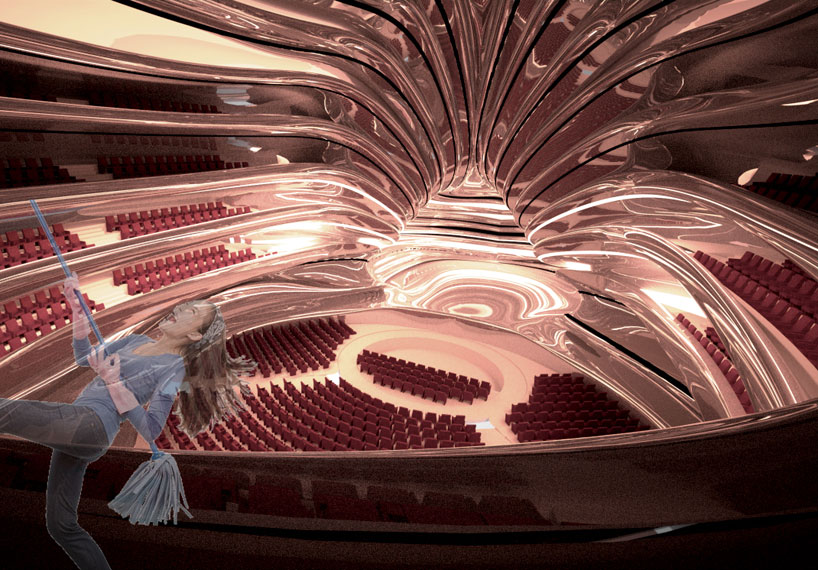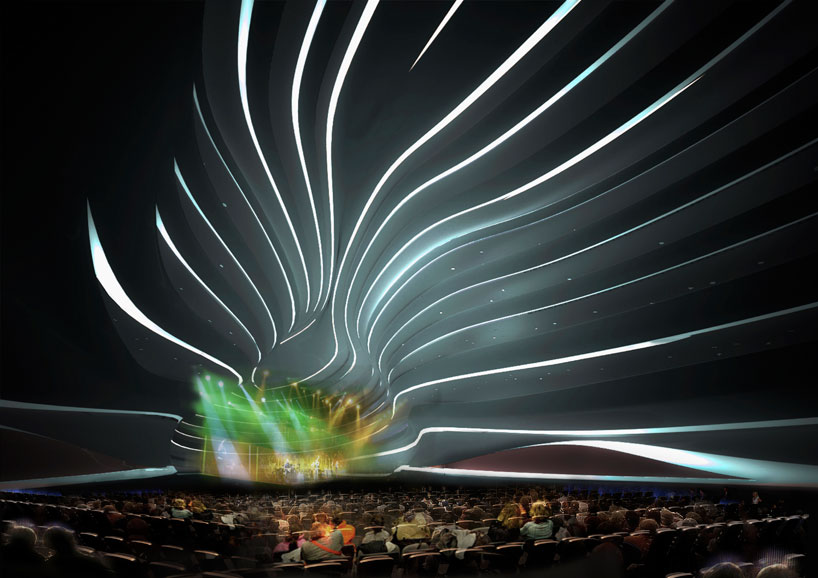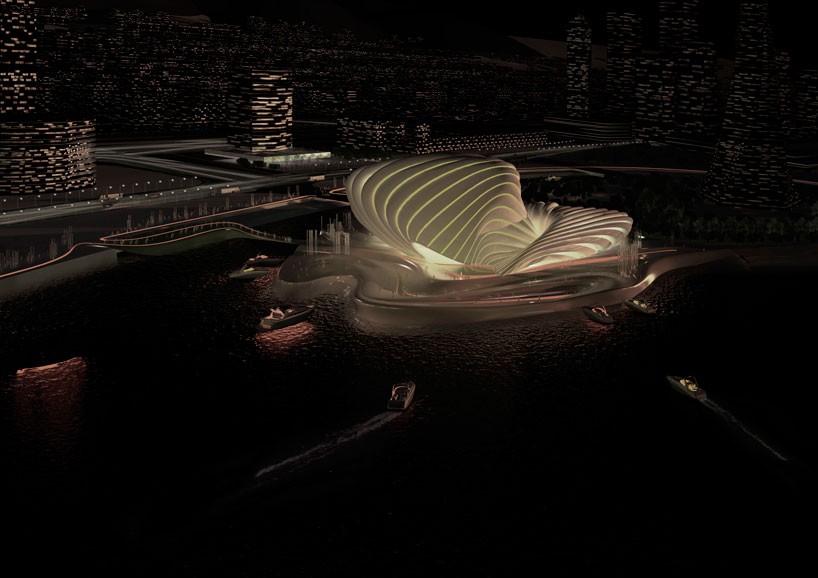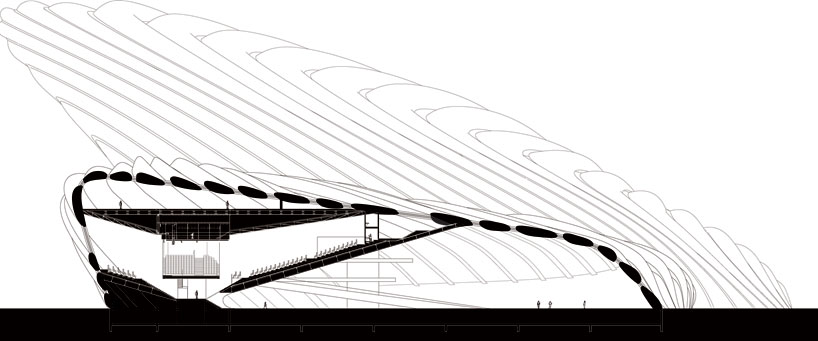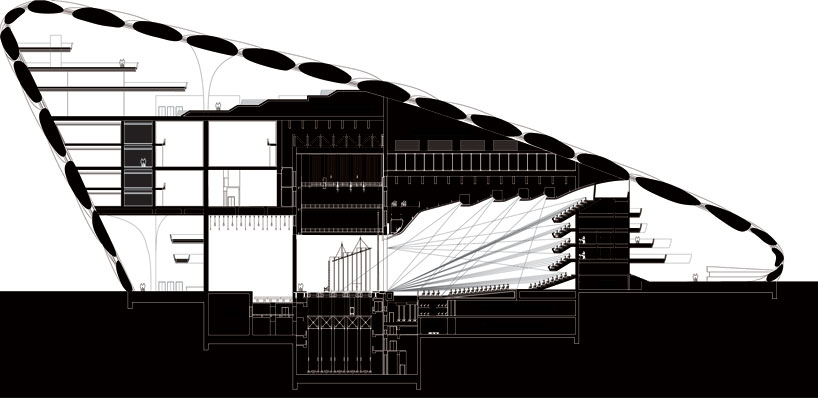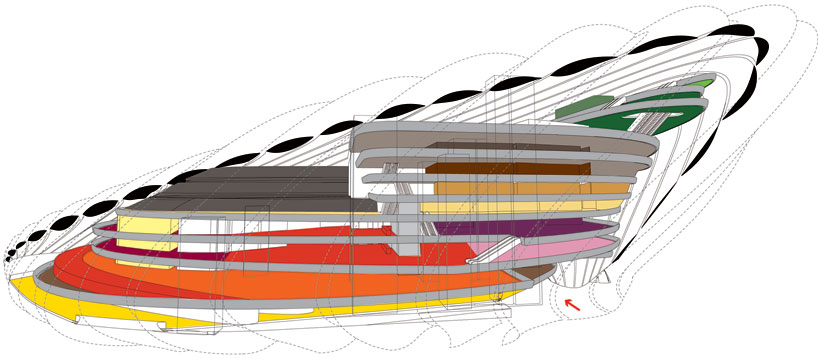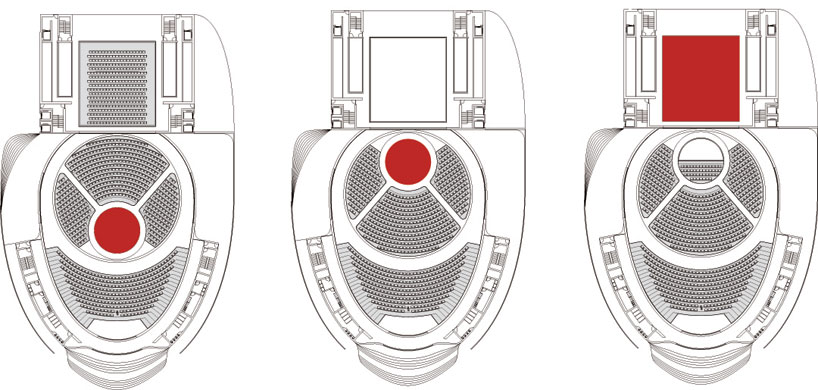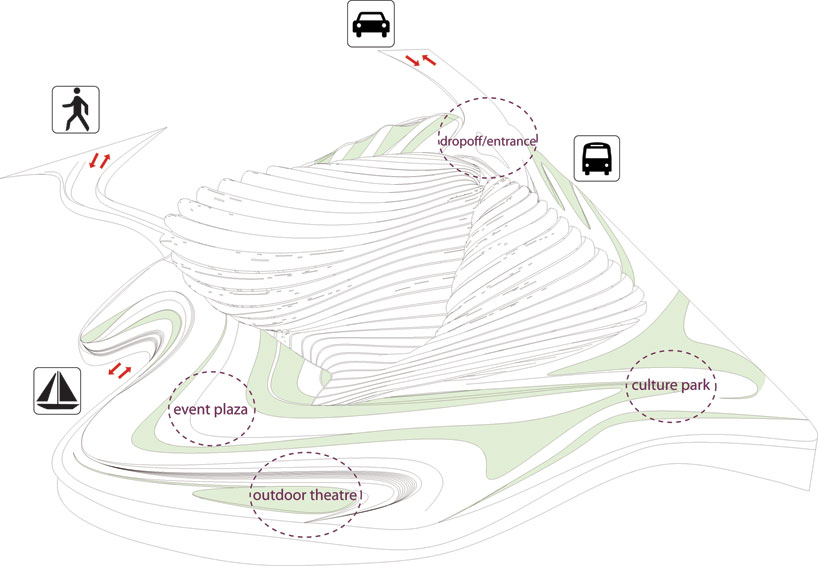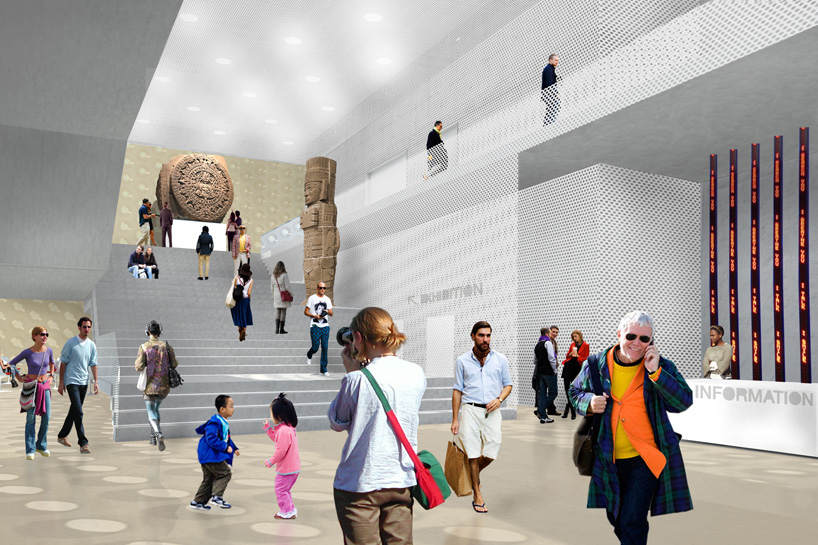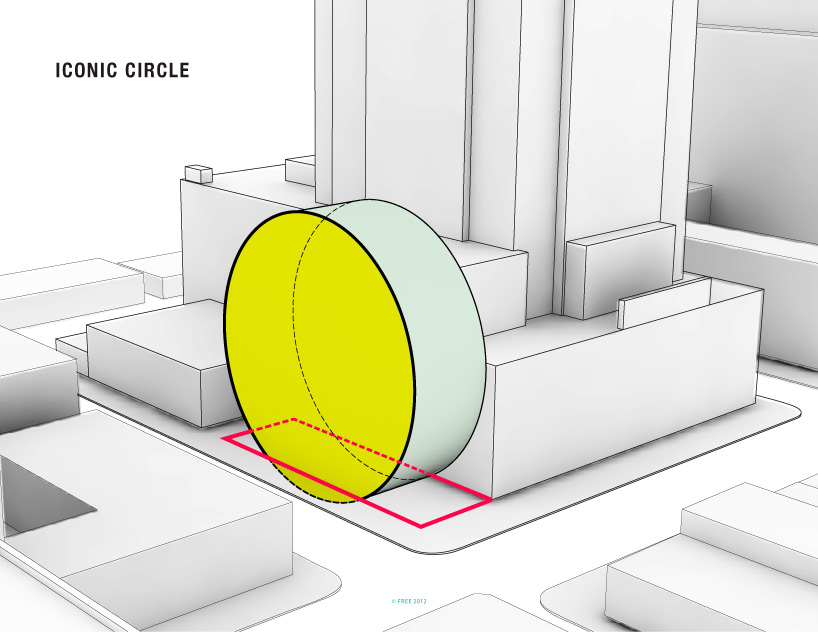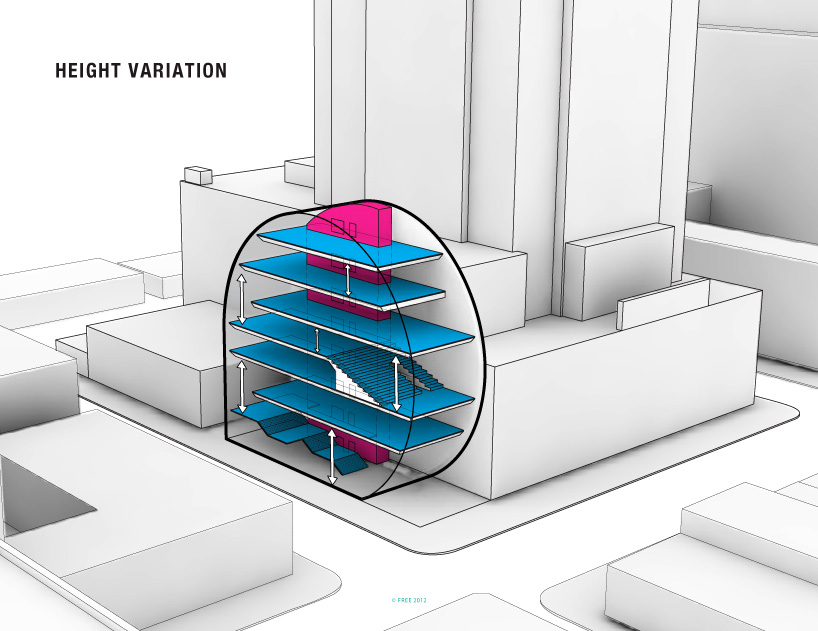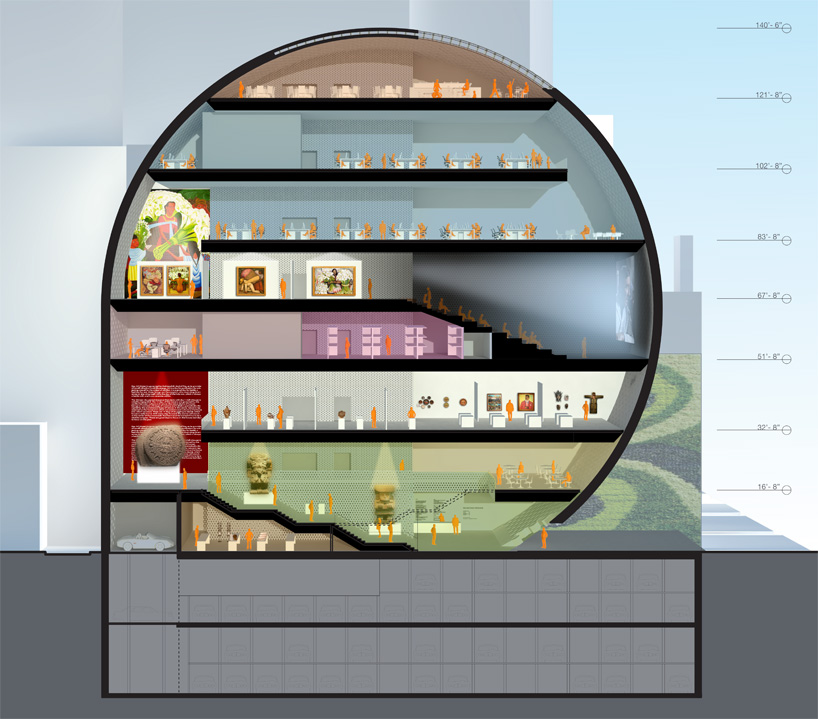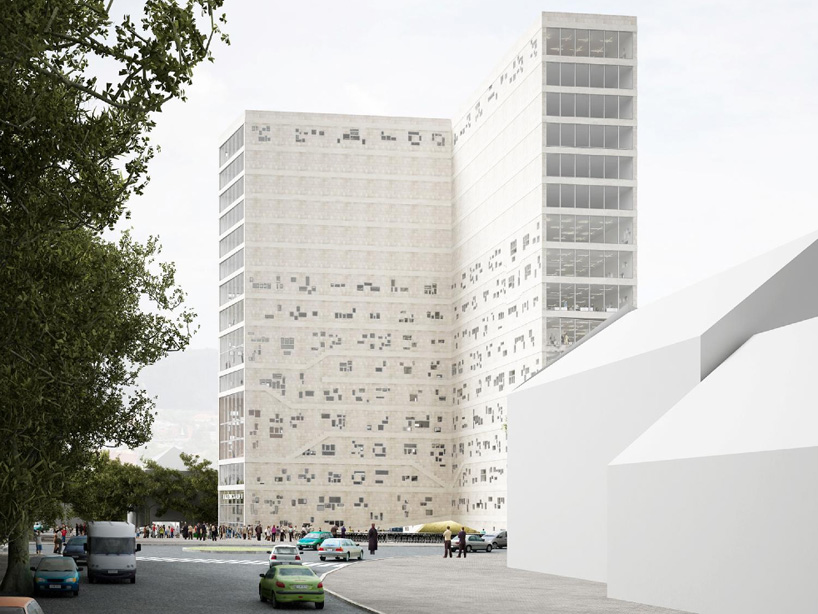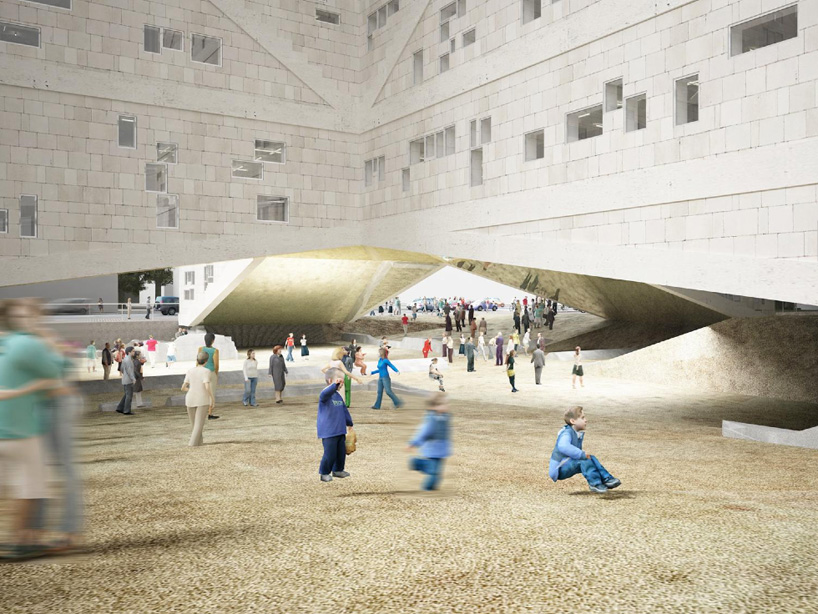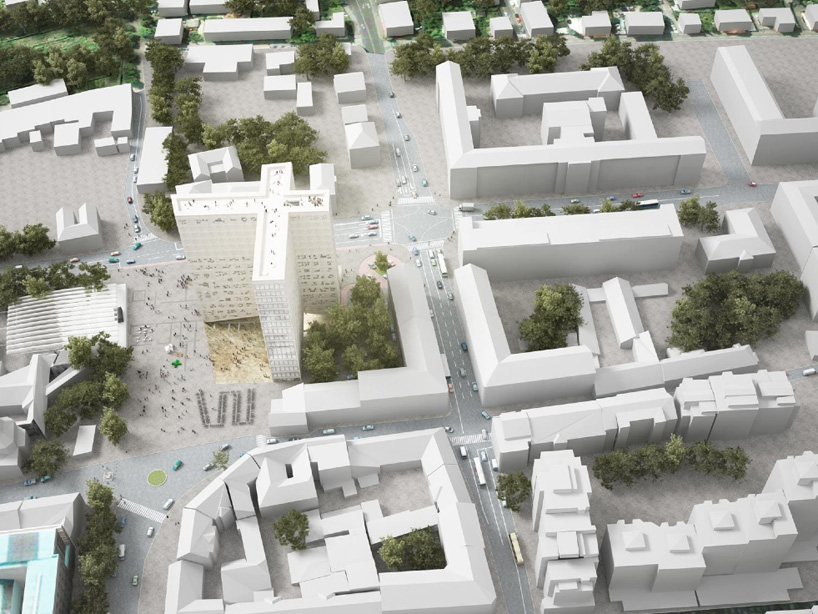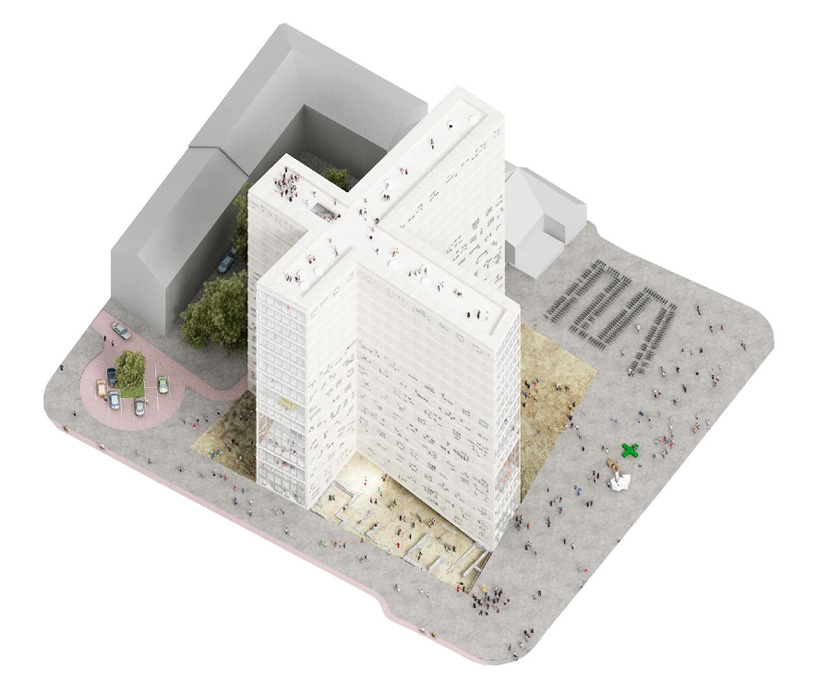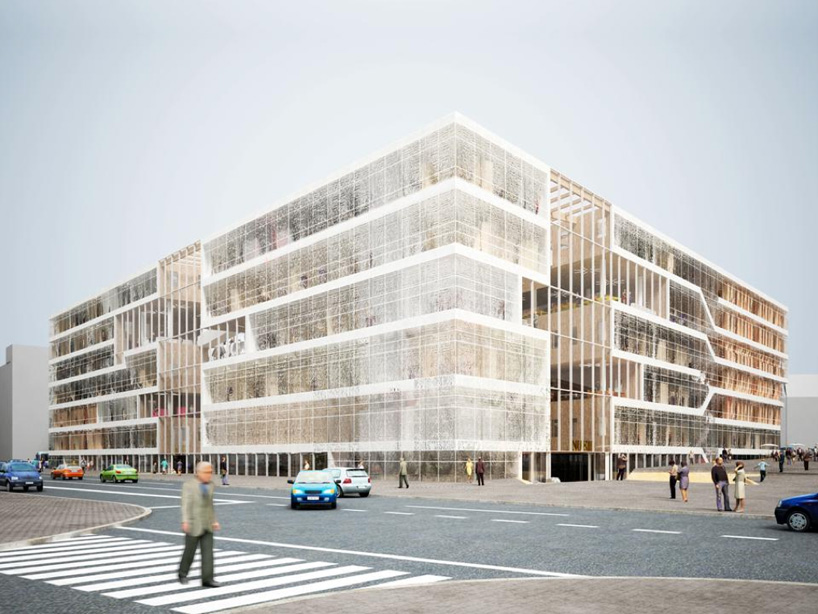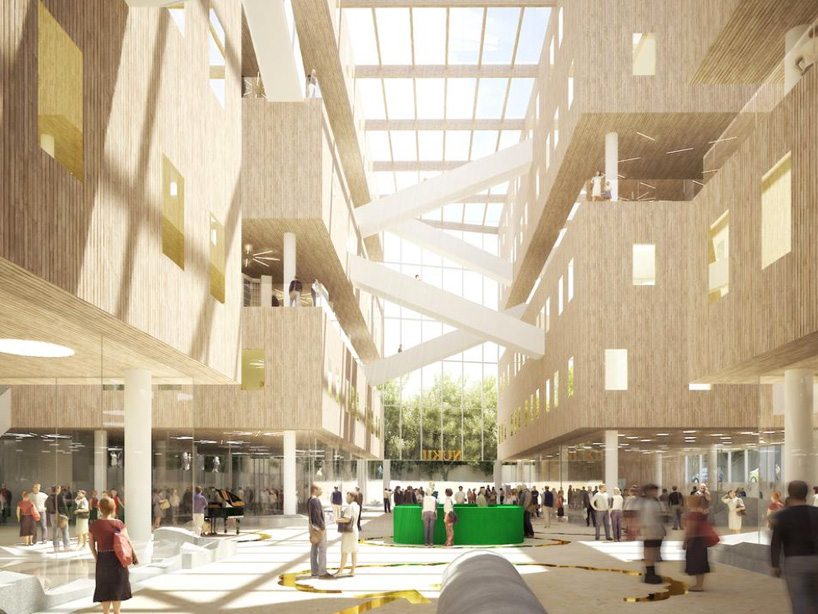

As the second largest city in Korea, Busan maintains a crucial place in one of the most prosperous and admired countries in Asia. With its forward thinking leadership and strong cultural identity Busan is right in transforming distressed areas into what will surely be viewed as a miracle of urban redevelopment. Endowed with striking natural beauty and an abundance of good weather, the City of Busan by building the Opera House and the other visionary projects underway is posed to emerge as a leader in a global community of cities that is admired and visited for its blending of new and old, its vision and history and ultimately the strength of its character.
Given the very specific context and the aspirations that the City of Busan Opera House required, we looked intently at how the city might use and ultimately benefit from a grand proposal. From the standpoint of the additional uses and functions proposed for the area, but more importantly for the impact a design would have on the site, we approached the City of Busan Opera House as a collector for people and activities. As such the Opera House is ultimately a node. Situated on an island within very close proximity to an arterial thoroughfare and transit hub that will bring people to the site. With two pedestrian bridges and one vehicular bridge, the project site has very good access while still maintaining a prominent location within the entire redevelopment proposal. This is further reinforced with the prominent location and visibility of the Opera House from the City of Busan.
Once people make their way to the City of Busan Opera House, they are presented with a prominent structure, one that in a single volume contains all the necessary elements with three distinct areas that are merged seamlessly within the Opera House: a performance spaces, a service component and a leisure component. The performance spaces are the most important and accessible spaces within the complex. Located atop each other the Multi-Purpose Theatre and Opera both make use of a Grand Atrium for collecting and distributing people within the building. In addition to the performance spaces, the service component allows for the Opera House to function as a Convention Center, with a large open space and Banquet Hall. A leisure component, with Shops and a casual Restaurant is located on the lowest level for access to the adjacent Performance Plaza, Multi-Purpose Theatre and Opera. On one of the uppermost levels, within the Grand Atrium is a Sea View Restaurant and Café that provides formal and informal dining.
The City of Busan Opera House is an iconic structure. The importance and impact can not be under represented for the City of Busan. Therefore we approached the design as one that required a novel and progressive approach, one that would have a lasting and global impact. Incorporating the idea of Sea waves, we applied across the building’s façade a series of metal fins that gather and flow around the building. So not to disrupt the formality of the façade treatment, we blended the a multi-colored metal with glass allowing for an abundance of light to enter into the building, illuminating all the spaces and connecting the Opera House with the City of Busan by opening up the building. On the far South façade and roof an expansive glass wall brings light and presents the Opera and Theatre attendees with wonderful views of the Sea and landscape.
LOCATION:
Busan, South Korea
PROJECT TEAM:
Armando Araiza
Andrew De La Garza
Kevin McClellan
Luis Quinonez
SIZE/AREA:
Height: 35 m
Length: 120 m
Width: 60 m
Total Floor Area: 55,000 m2
 'garagenatelier' by peter kunz architektur, herdern, switzerland
'garagenatelier' by peter kunz architektur, herdern, switzerland